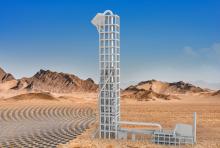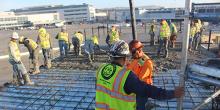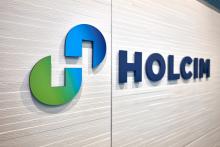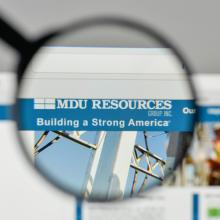
Blue Planet has developed a carbon capture and utilisation system to permanently remove carbon dioxide that it says is economically viable and can be deployed at Gigaton (GT) scale. It adds that financing round was comprised of "leaders in the war against climate change".
In strength, performance and cost, Blue Planet claims that its CO2-sequestered aggregate is equivalent to that of standard quarried aggregates.
The startup says it will capture carbon dioxide emissions from bioenergy, natural gas and coal-fired power plants, steel mills, cement plants, and refineries, as well as directly from the atmosphere. The process converts diluted carbon dioxide captured from these gas streams to carbonate for mineralisation as a synthetic limestone (CaCO3).
The synthetic limestone is claimed to be able to replace natural mined limestone aggregate as the principal constituent of concrete, permanently sequestering the captured carbon dioxide.
Blue Planet says the rock market represents one of the largest potential sinks for CO2 at over 50 GT every year, making Blue its solution to curbing global carbon levels scalable and economically viable.
The company's proprietary process creates synthetic limestone sand and gravel that can be used to make carbon neutral and carbon negative concrete, with the same structural integrity of conventional concrete. By offsetting the carbon footprint of the cement in concrete, Blue Planet says its aggregate more than compensates for the cement component's carbon footprint, making the concrete a net carbon storage sink. The process also creates upcycled concrete aggregate as a by-product, reducing the need to further mine the environment and consume aggregates.
Blue Planet says most carbon reduction schemes are not permanent and instead allow the captured carbon dioxide to re-enter the atmosphere at some point. The production and distribution of synthetic aggregate for concrete is said to make the operations profitable, and the plants can be financed, owned and operated under well-established project financing structures without subsidies.
"Our investors are also our advisors in many cases because of their dedication, experience, and presence in the Climate Change arena," said Dr. Brent Constantz, Blue Planet founder and CEO.
Among Blue Planet's investors and advisors is actor Leonardo DiCaprio, who said: "I am pleased to support the continued dedication and innovation at Blue Planet in our shared push for a more sustainable future. New processes and scalable systems like theirs are instrumental components of reducing the impact we have on our planet."
Blue Planet's first plant is being constructed in Pittsburgh, California, adjacent to a natural gas-fired power plant and the Sacramento Delta, for barged material transport of raw materials and finished goods. Blue Planet concrete has already been incorporated at Terminal 1 at San Francisco International Airport (SFO), which the company says establishes a model for cost-neutral public procurement of low carbon building materials for carbon mitigation.








